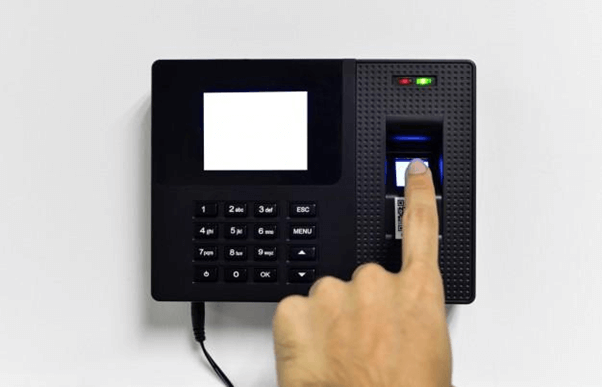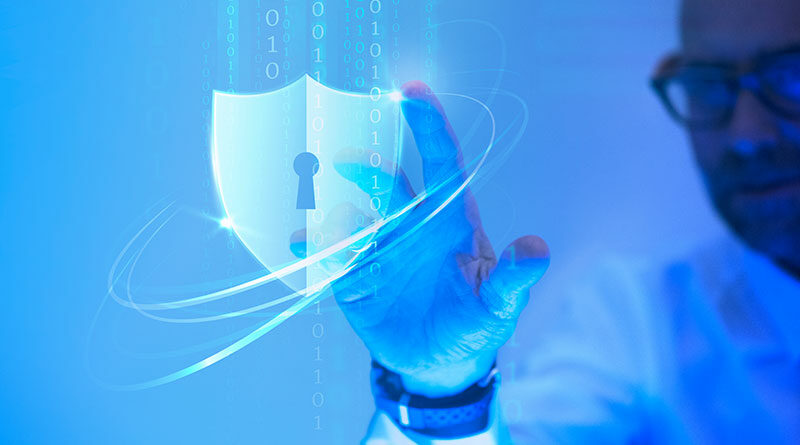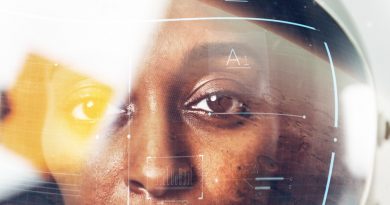Biometric Authentication – Can It Be Deceived?
Nowadays, biometrics seems to be used in various ways. From checking attendance through a gadget to verifying information through the phone, biometrics has become a means of authenticating and securing your identity from potential intrusion of privacy and identification. This technology ensures that it is you who is recognized and not some other person.
However, as our technology advances, so do those who want to intrude your personal information for their own specific ends. This situation begs the question, can biometric authentication be deceived?
What is Biometrics?
Biometrics is defined as the analysis of a person’s characteristics. It uses biological traits such as fingerprints in order to recognize and verify the identity of a person. Other distinguishing human features that could be used in biometrics include the hand geometry, retina and iris patterns, earlobe geometry, DNA, and voice waves.
This technology may be beneficial for control or surveillance, among others. Since an individual is unique from each other, their physical traits will serve as their distinct passcodes that ideally guarantees security from theft or mistaken identity.
The distinct traits of the individual are recorded in a database. When authentication is required, the technology compares the newly received information with the records in the database. If both information match, then the identity is confirmed.
Aside from being used to verify identity, biometrics is an increasingly popular method to ensure home security. A biometric authentication is an essential tool in smart home technology, a modern device that would keep your houses secured from intruders. Only specific persons, who have their information recorded in a database, could enter the house. Unauthorized persons without an authenticated biometric cannot enter your home.
Biometric authentication is also significant in securing your phones from potential theft. Since your fingerprint is distinct, your smartphones will not open unless you press your finger on it. This way, other people will not be able to access your phone.
Indeed, biometrics has been a significant tool for identity and security. Yet, it should be noted that even biometric authentication has its own limitation.
Biometric authentication could be deceived
Whether it be through fingerprinting, voice recognition, or retina and iris detection, biometric authentication could be fooled.
Primarily, fingerprints could be replicated using silicone. People may copy them from the prints that have been left on surfaces that you have touched. When using the silicone which contains your fingerprint, your identity could be recognized without your knowing it.
In the case of iris scanners, hackers could just take a photo of the iris using a camera set in night mode. The photo is then printed on paper. To deceive the machine ever more, a wet contact lens is placed over the picture of the iris to mimic the roundness of the eyes.
More skilled hackers could use a software-based recognition tool to produce an iris code. This code is altered using a genetic algorithm to create a near identical template of the iris. The image is then printed on to a contact lens.
Additionally, since voice could be captured and mimicked quickly, it could pose a problem for biometrics where voice recognition is used for authentication.
Necessity albeit the limitation

Biometric authentication sure has limitations, especially considering the fact that it could be deceived. However, proper care and attention could diminish the deceit caused by hackers and identity thieves.
Biometrics is a significant advancement over the use of conventional passwords that would authenticate an individual. We hope that future developments would help lessen the limitations of biometric technology.
Guest Authors Bio: Irina is a certified specialist in advertising and public relations, journalist. For over two years I have specialized in design issues in various fields (interior design, web design, and graphic design).












